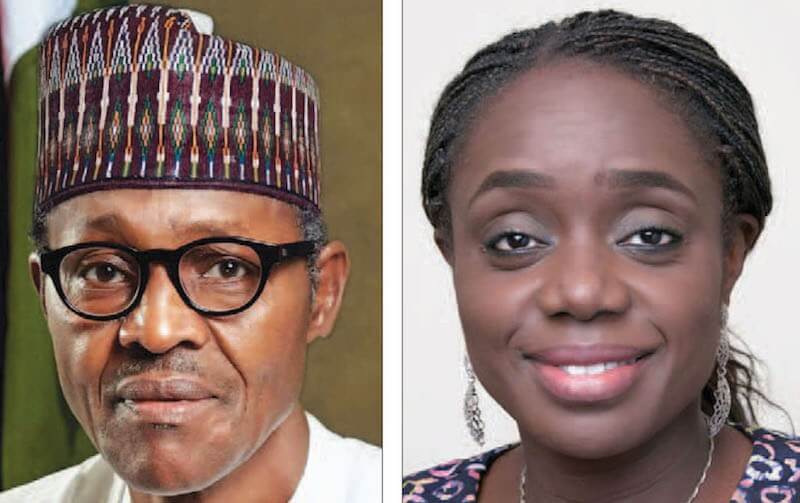Under Buhari Nigeria’s Debt Increases by N9.61tn
Nigeria’s debt stock debt rose by N9.61 trillion between July 2015 to December 2017, data from the country’s Debt Management Office have shown.
Speaking at a press conference in Abuja on Wednesday, Patience Oniha, Director General of the DMO, said Nigeria’s debt stood at N21.73tn as of December 31, 2017, while the figure as of June 30, 2015 was N12.12tn.
Advertisement
This means since the inception of President Muhammadu Buhari in June 2015, Nigeria’s debt stock has risen by 79.25 per cent.
According to the figures, of the total debt stock, external debt was 26.64 per cent, up from 20.04 per cent in 2016, while the domestic debt was 73.36 per cent, down from 79.96 per cent in 2016.
Domestic debt for the Federal Government was N12.59tn, while the domestic debt of the 36 states and the Federal Capital Territory was N3.35tn.
The external debt of the Federal Government, states and the FCT was N5.79tn.
Advertisement
Oniha said the federal government is planning to reduce domestic debt to 60 percent to the total debt stock from the present 73 percent.
She said the Muhammadu Buhari-led administration had to increase spending to stimulate the economy after it plunged into its worst recession in 25 years.
According to her, the country had to increase borrowing because the output and price of crude oil fell in 2014.
She said the total public debt as of December 31, 2017 represented 18.2 per cent of the country’s Gross Domestic Product for the year.
“This shows that Nigeria’s debt continues to be sustainable and is well within the threshold of 56 per cent for countries in her peer group,” the DMO boss said.
Advertisement
Speaking further, Oniha said the Buhari government had been spending more on infrastructure than other administrations in the past, noting that any foreign borrowing had to be tied to a project.
She added that the country’s debt to Gross Domestic Product ratio, at less than 19 per cent, remained low, but stated that the debt service to revenue ratio had not been good enough.
According to the DG, Nigeria spent N1.6 trillion out of its 2017 budget of N7.2 trillion on servicing debt, with nine percent spent on foreign debts while the rest was spent on local loans.
She said: “Through the issuance of particularly the FGN Bonds, we were able to transform the domestic debt market. If you look at 15 years ago, who will be talking about FGN Bonds yields? Using government securities to borrow, we have actually transformed the Nigerian market to the extent that there is now a dedicated institution known as the Financial Markets Dealers Quotation.
“We have had the positive sides. What the government is suffering is debt servicing. And that is why we are running a new strategy now. So, what we are saying is, if you look at December 2017, we have improved in terms of the mix of the portfolio.
“As you know, we also issued $2.5bn in February this year to refinance some of the domestic debts. So, give or take, we are at about 30:70 per cent foreign to domestic debt ratio.
Advertisement
“The actual debt service for the year is N1.67tn. Again, there are two issues you should look at there. The external component is only nine per cent, while domestic is 91 per cent. The domestic has grown and the rate has been high.
“As a government, we have targets. The target is that domestic to foreign should be 60:40 per cent. Are we there yet? No; we are still at 73:27 per cent. We are not there even with the external borrowing we have done.
“The reason for the 60:40 per cent is that you don’t want to put all your eggs in one basket. You don’t want to be dependent on one source for your funding. It is good to have a mix.”
“For the domestic component, we said 75 per cent should be long-term, while 25 per cent should be short-term. We defined long-term in terms of FGN Bonds, and short-term in terms of Treasury Bills. Last year, we started by redeeming N198bn of Treasury Bills, but we are still not there yet.”



